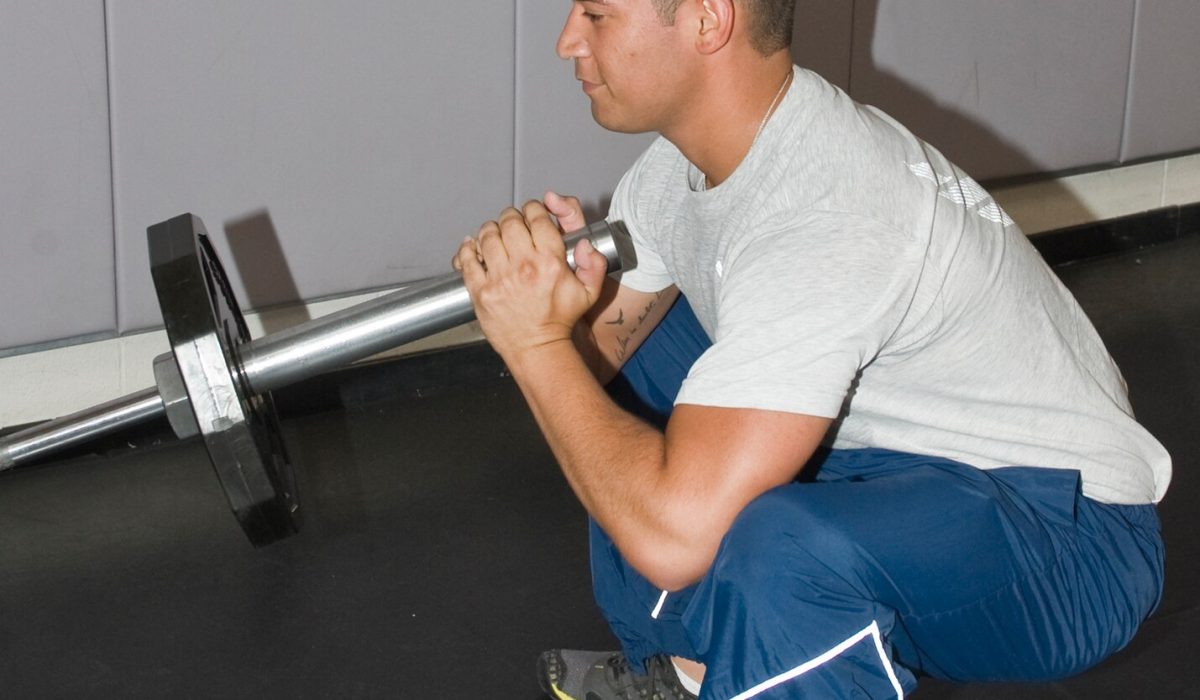Chin-ups are one of the most challenging exercises for building upper body strength, and they're also a great way to measure your overall fitness level. However, many people struggle to perform even a single chin-up, let alone multiple reps. In this guide, we will explore why chin-ups are important, common mistakes to avoid, and tips for building the strength and endurance needed to increase your chin-up reps.
Why Chin-Ups Are Important
Chin-ups are a compound exercise that targets multiple muscle groups, including the biceps, back, and core. They are an excellent way to build upper body strength and endurance, and they also require a great deal of mental focus and discipline. In addition, chin-ups can help to improve your overall fitness level by challenging your cardiovascular system and increasing your metabolism.
Common Mistakes When Performing Chin-Ups
When performing chin-ups, there are several common mistakes that can prevent you from building strength and increasing your reps. These include:
- Using momentum to swing your body
- Not fully extending your arms at the bottom of the movement
- Not engaging your back muscles properly
- Gripping the bar with your palms facing towards your body (underhand grip) instead of away from your body (overhand grip)
- Not maintaining proper form throughout the exercise
- Attempting to perform too many reps too quickly without building proper strength and endurance
- Neglecting to warm up properly before starting your chin-up routine
By avoiding these common mistakes, you'll be able to perform chin-ups more effectively and efficiently, allowing you to build strength and increase your reps over time.
Tips for Building Upper Body Strength
A. Proper Technique
The first step in building upper body strength for chin-ups is to focus on proper technique. This means engaging your back muscles, fully extending your arms at the bottom of the movement, and avoiding swinging your body to gain momentum. You should also grip the bar with your palms facing away from your body (overhand grip) and maintain proper form throughout the exercise. By mastering proper technique, you'll be able to perform more reps with less effort and reduce your risk of injury.
B. Progressive Overload
To build upper body strength for chin-ups, you need to progressively overload your muscles over time. This means gradually increasing the weight or resistance of your chin-up exercises. One way to do this is by using an assisted chin-up machine or resistance bands to provide support as you build strength. You can also use a weight belt or vest to add additional weight to your chin-up routine as you progress. By gradually increasing the resistance of your chin-up exercises, you'll challenge your muscles and build strength and endurance over time.
C. Variations on Chin-Ups
In addition to traditional chin-ups, there are several variations on this exercise that can help you build upper body strength and increase your reps. Some popular variations include:
- Wide-grip chin-ups: This variation targets the outer back muscles and can help you build upper body width.
- Close-grip chin-ups: This variation targets the inner back muscles and can help you build upper body thickness.
- Commando chin-ups: This variation requires you to grip the bar with one hand facing towards your body and the other facing away from your body. It targets both the biceps and back muscles and can help you build overall upper body strength.
- L-sit chin-ups: This variation requires you to hold your legs out in front of you in an L-shape while performing chin-ups. It targets your core muscles as well as your upper body, providing a full-body workout.
By incorporating variations on chin-ups into your routine, you'll challenge your muscles in new ways and build strength and endurance more effectively.
Building Endurance for Chin-Ups
Building endurance for chin-ups is essential for increasing the number of reps you can perform. One way to build endurance is by doing negative chin-ups, where you lower your body slowly from the top of the movement to the bottom. This targets the eccentric portion of the exercise and helps to build muscle endurance over time. You can also incorporate isometric holds, where you hold yourself at the top or midpoint of the movement for a set period of time. By building endurance in this way, you'll be able to perform more chin-ups with less fatigue.
Progressing from Assisted to Unassisted Chin-Ups
If you're using an assisted chin-up machine or resistance bands to support your chin-up routine, you may be wondering how to progress to unassisted chin-ups. One way to do this is by gradually reducing the amount of assistance provided by the machine or bands over time. You can also try doing partial reps, where you start at the top of the movement and lower yourself as far as you can
and then slowly work your way up to a full rep. Another method is to do isometric holds at the top of the movement, gradually increasing the length of time you hold yourself there. Finally, you can incorporate eccentric-only chin-ups, where you use a stool or other support to help you get to the top of the movement, then lower yourself down slowly. By using these methods to progress from assisted to unassisted chin-ups, you'll build the strength and endurance needed to perform this challenging exercise with ease.
Conclusion
Chin-ups are a challenging but rewarding exercise for building upper body strength and increasing your fitness level. By focusing on proper technique, progressive overload, and endurance-building techniques, you'll be well on your way to increasing the number of chin-ups you can perform. Remember to avoid common mistakes, incorporate variations on chin-ups into your routine, and warm up properly before starting your workout. With dedication and consistency, you'll be amazed at how quickly you can progress and achieve your chin-up goals.



